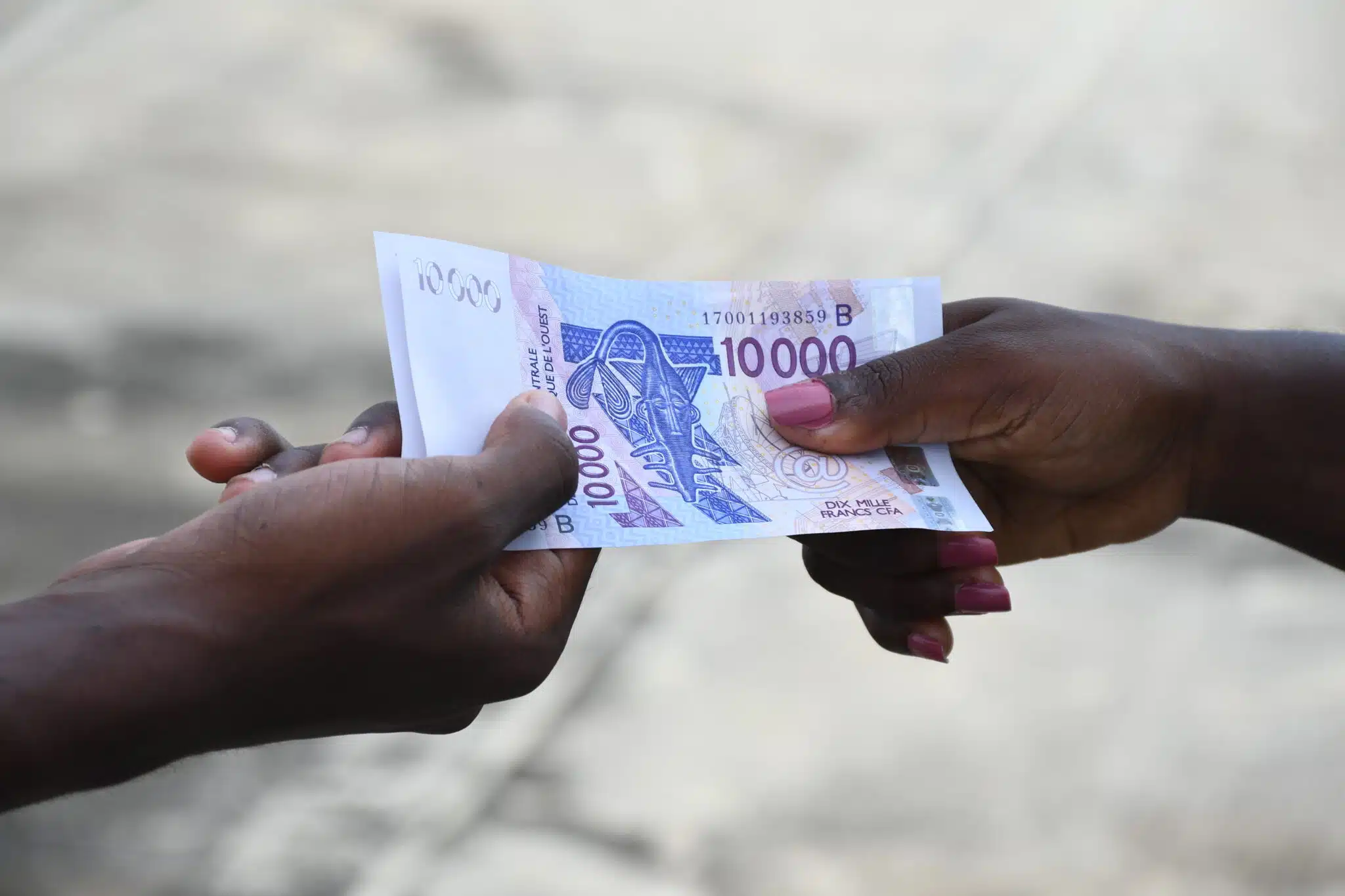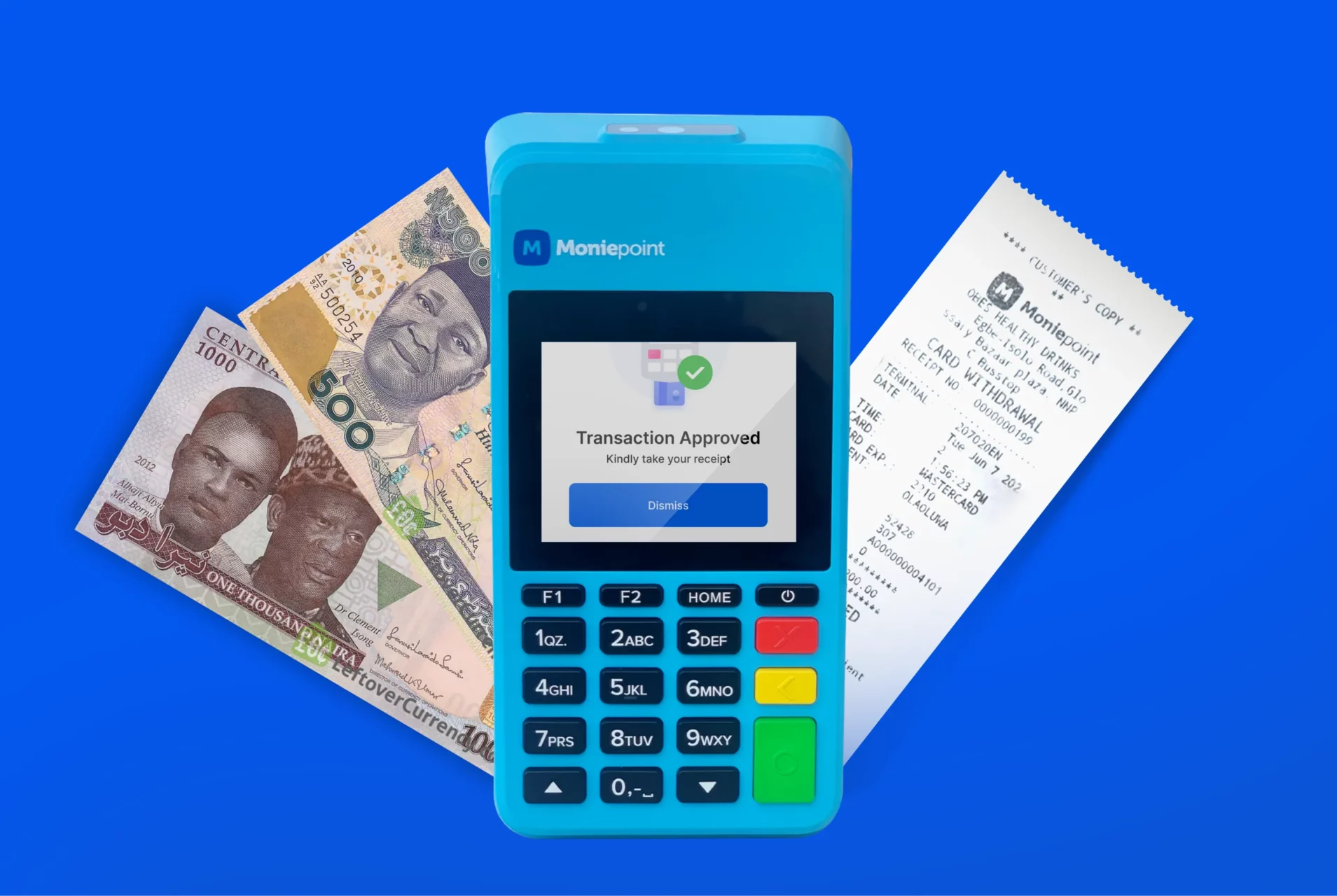A new report on Africa’s cross-border payments market has urged fintech investors to shift their focus from consumer apps to the infrastructure powering the system.
With the market projected to grow from $329 billion in 2025 to $1 trillion by 2035, the report warns that ignoring the underlying rails could mean missing out on the sector’s most valuable opportunities.
Released by early-stage venture capital firm Oui Capital, the report argues that while mobile money apps and neobanks have grabbed headlines in recent years, it’s the infrastructure behind them — FX liquidity layers, payment APIs, and compliance rails — that will determine whether the industry can scale sustainably.
Infrastructure is the engine of growth
For all its contributions to Africa’s economy, cross-border payments and remittances on the continent remain riddled with inefficiencies.
Many transactions still rely on the US dollar for settlement, even when both parties are on the continent. Currency conversions, inconsistent KYC regulations, and limited interoperability between banks and mobile money platforms all contribute to high transaction costs.
However, fintech infrastructure players are stepping in to solve these problems. Companies like Flutterwave, Onafriq (formerly MFS Africa), and Thunes offer APIs that connect different mobile money and banking systems, reducing friction and enabling faster, cheaper transfers.
Meanwhile, efforts like the Pan-African Payment and Settlement System (PAPSS) aim to enable real-time settlement of cross-border payments in local currencies. The report estimates that solving infrastructure bottlenecks could unlock over $10 billion in annual cost savings and economic value.
Why investors should bet on infrastructure
Investing in Africa often comes with an implicit acceptance that you’re investing in infrastructure, but in Africa’s cross-border payment landscape, that is rarely the case, with regulations posing a significant barrier to innovation. Furthermore, consumer-facing apps offer faster user growth and clearer monetisation paths, making them a more attractive choice for investors.
However, consumer-facing fintechs, especially those who have slashed remittance costs in certain regions, are struggling to maintain margins in an increasingly competitive space. The report points out that many operate on razor-thin fees —usually between 0.5% and 2% — making it difficult to scale sustainably without massive volumes or additional revenue streams.
In contrast, infrastructure providers often enjoy more durable business models. Their products become sticky once integrated, and they generate recurring revenue from APIs, FX markups, or settlement services.
Consequently, the firm believes that investments in infrastructure offer better guarantees for investors. The shift toward infrastructure, however, comes at a time of increasing investor caution.
As funding tightens globally, investors are scrutinising fintech business models more closely and in Africa, increasingly demanding clear pathways to profitability. Infrastructure players, therefore, with their recurring revenue and business-to-business (B2B) focus, are starting to look like more stable, long-term bets.










